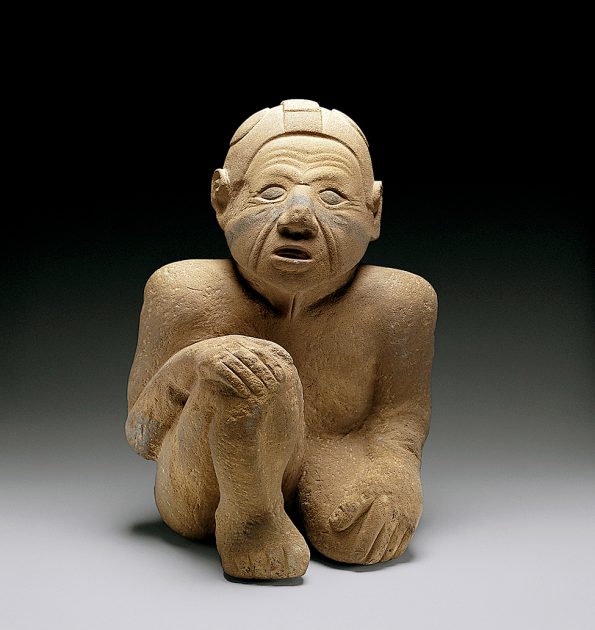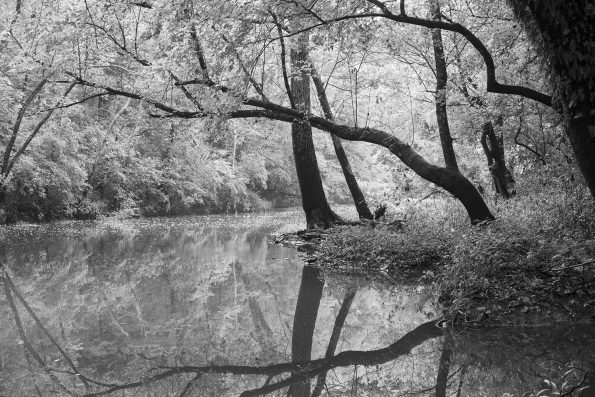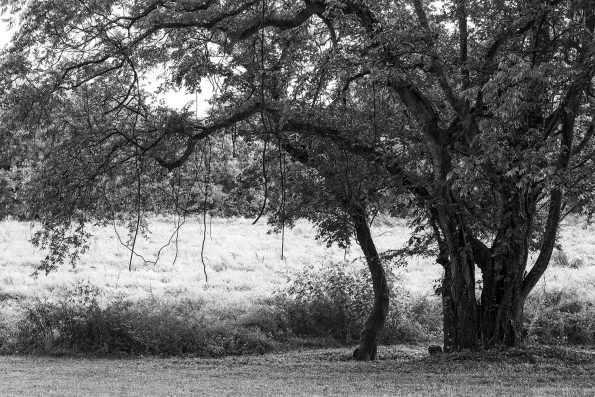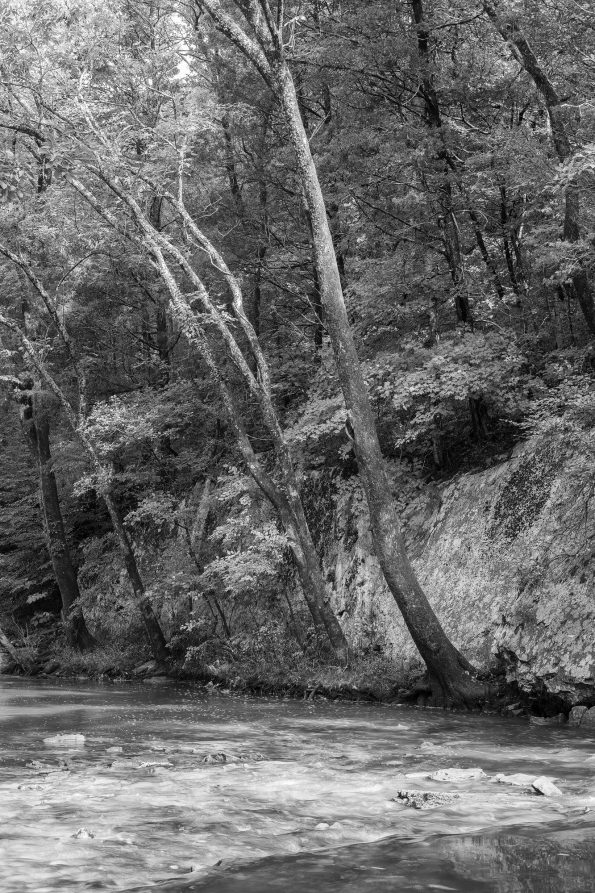Photographing the landscape at Sellars Farm Archaeological Site
I recently took a short drive down a country road not far from Nashville, but 1,000 years into the past. In nearby Lebanon, Tennessee, tucked out of sight behind a ring of trees, in the midst of ordinary farm fields, is the site of a pre-Columbian Native American village with a 1,000-year-old mound. A village existed on the location for at least 300 years, longer than the existence of the US.
I’ve been to a lot of ancient sites, from Tulum to the effigy mounds of Wisconsin, and I’ve noticed that the ancient peoples had a knack for picking practical but also beautiful — sometimes even spectacular — locations. Sellars Farm Archaeological Site is a flat plateau surrounded by forests and Spring Creek. The natives were able to grow crops, hunt wild game, fish, and gather freshwater mussels. They were successful enough to afford the vast labor involved with building the mounds, while also developing a high-level of artistic skill.

A carved siltstone sculpture nicknamed “Sandy,” which has appeared on postage stamps and been named the state artifact of Tennessee, was excavated from the site. It illustrates the high-degree of culture developed during the Mississippian culture.

In this video, you’ll walk with me to see the 1,000-year-old mound, photographing the river bed and terrain along the way. Black and white landscape photographs begin at 15:51.
Black and white photographs of the landscape at Sellars Farm Archaeological Site





Tick protection
If you watched the video, you know I encountered an incredible number of spider webs across the path. I wasn’t too worried about those, other than the annoyance of picking the strands out of my whiskers.
But I do worry about ticks. Lyme’s disease is no joke. I’ve been using a permethrin product, and so far, knock-on-wood, I’ve come back from my hikes tick-free. I spray it on my pants and boots, but avoid spraying it on skin.
I’ve been using a product by Repel. Amazon carries this one. This is an affiliate link, but it’s also an honest recommendation. So far I’ve found no ticks after my hikes.

Learn more about Sellars Farm Archaeological Site
Thanks for reading!
Be sure to visit me on Facebook, YouTube, Pinterest, or on my website at keithdotson.com.
~ Keith
Note: This post contains an Amazon affiliate link. I may earn a commission from qualifying purchases.
